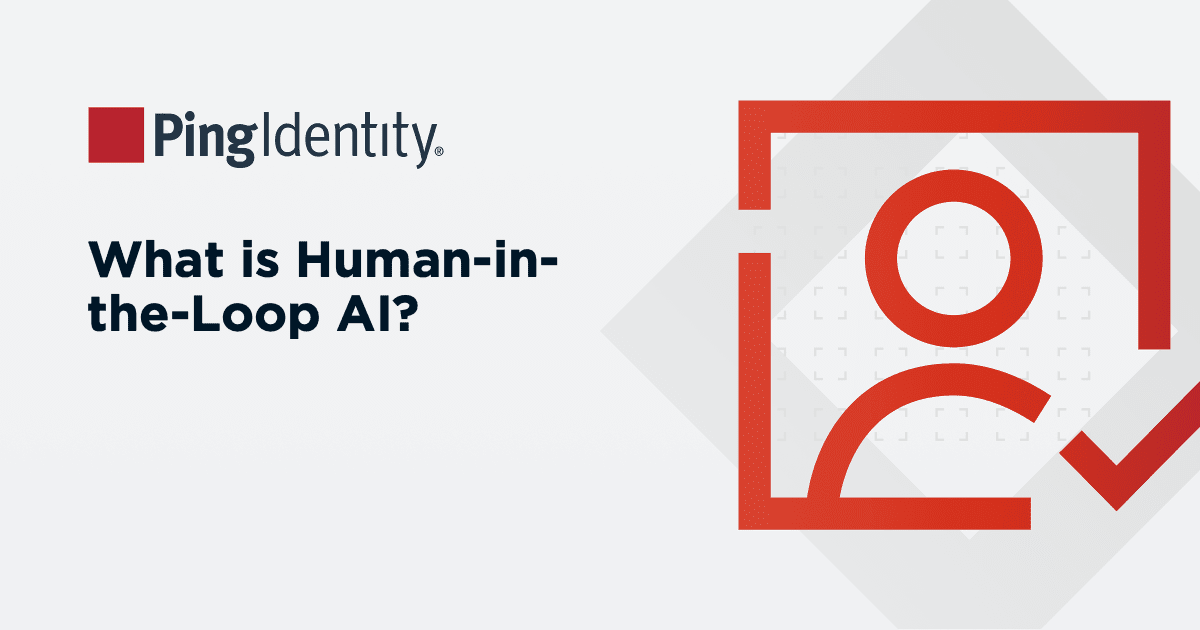There is a wide variety of use cases and industries where step-up authentication can be an effective security system.
Again, organizations looking for the right balance between security and a seamless user experience see step-up authentication as a favorable authentication process. It allows them to significantly reduce friction in certain cases, while still ensuring sensitive information and data remain protected. Below, we’ll discuss some of the higher-risk industries and specific scenarios where step-up authentication can be implemented.
Step-Up Authentication in Financial Services
In the banking industry, step-up authentication can be highly useful to ensure users can easily access basic information related to their accounts, though more critical functions are protected with additional authentication steps.
So, let’s say a customer can log into their bank’s mobile app with a simple username and password, which gives them access to low-risk information like their account balances or allows them to complete basic actions like depositing a check.
But, if they want to engage in more high-risk activities, like making a transfer between their accounts, this might trigger an extra security step. The user may be required to enter a one-time password sent to their mobile number via SMS or supply a biometric authentication sample to confirm their identity before they can continue.
Step-Up Authentication in Ecommerce and Retail
Step-up authentication is applied similarly in an ecommerce or retail industry context. If a shopper visits a retail site and wants to log into the frequent shopper or loyalty program they’re enrolled in, they may be able to enter their username and password to view non-critical information like what’s in their wishlist or their purchase history.
But, if users want to make a large transaction or change their account information–like updating their payment method or changing their shipping address–these actions can trigger an additional authentication step to ensure they are the rightful account owner and prevent fraud attempts.
Step-Up Authentication in Healthcare
There are also compelling use cases for step-up authentication in the healthcare industry, especially to help organizations comply with HIPAA regulations. For instance, if a patient enters their username and password to access their online portal, they may be able to view their most recent prescription refill or upcoming appointments.
However, let’s say the patient wants to access sensitive data, like viewing their electronic health records or requesting a new prescription refill. In these scenarios, they may need to complete an extra authentication step to prove they are who they claim to be and prevent unauthorized access to their information.


